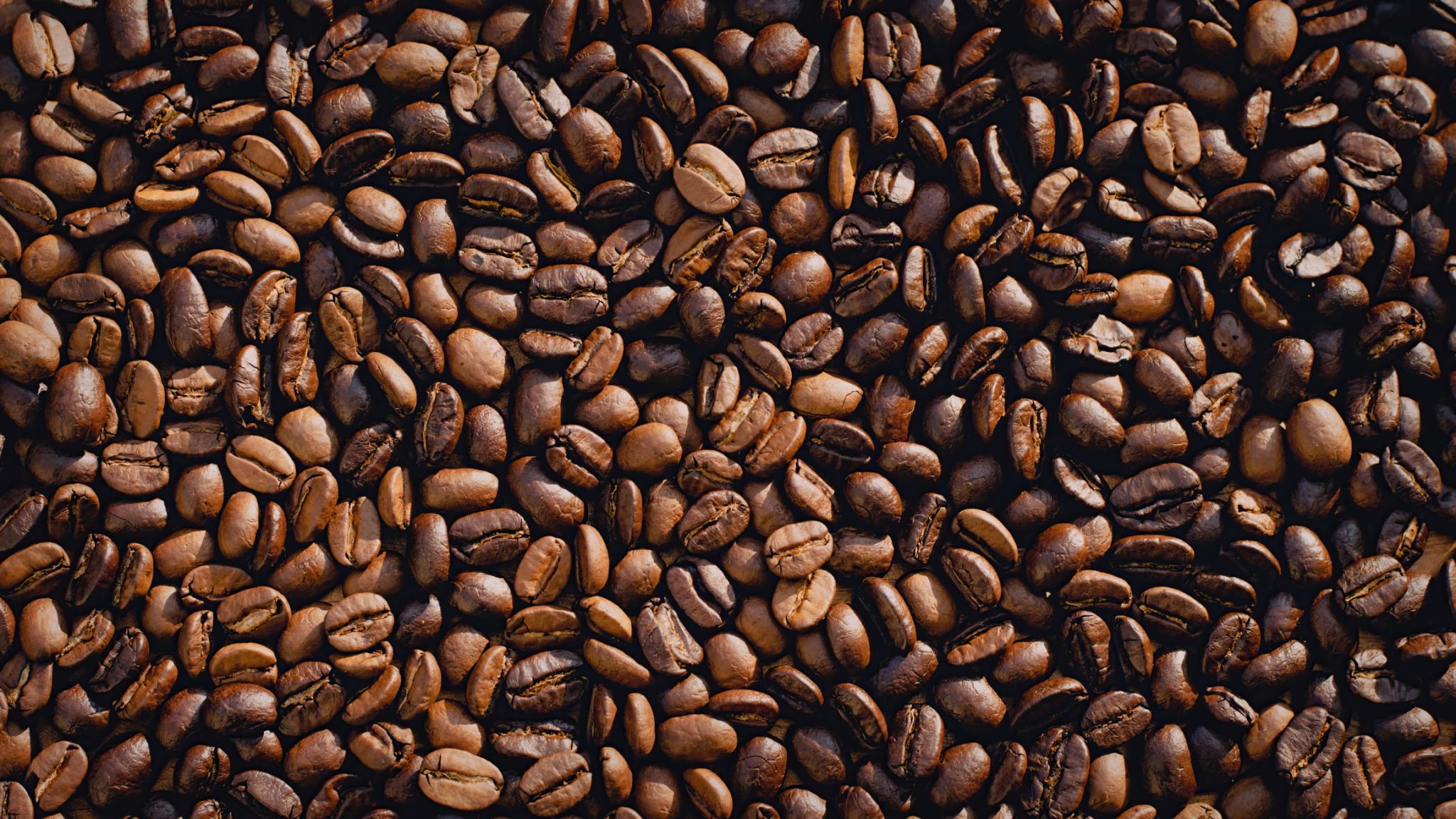Comparing Raw Coffee vs. Roasted Coffee: Which is Better?
For coffee enthusiasts and newcomers alike, the debate between raw coffee and roasted coffee is an intriguing one. Both forms offer unique characteristics and benefits, but which one truly stands out as the better choice? To answer this question, we need to delve into the differences in flavor, nutritional value, and preparation methods.
Understanding Raw Coffee
Raw coffee, often referred to as green coffee, is simply unroasted coffee beans. These beans are picked from the coffee plant and processed to remove the outer fruit, leaving behind the seeds we know as coffee beans. The primary allure of raw coffee lies in its health benefits. Green coffee beans are rich in chlorogenic acid, a compound believed to aid in weight loss and reduce the risk of certain diseases.

When it comes to taste, raw coffee is vastly different from its roasted counterpart. It typically has a more acidic and less complex flavor profile, which may not appeal to everyone. However, its unique characteristics have led to its popularity in certain health-focused beverages and supplements.
The Art of Roasting
Roasting is a critical process that transforms raw coffee beans into the aromatic, flavorful beans we are familiar with. This process involves heating the beans at high temperatures, which triggers chemical reactions that develop the rich flavors and aromas associated with roasted coffee. Roasted coffee comes in various levels ranging from light to dark, each offering distinct taste profiles.
One of the most significant advantages of roasted coffee is its diverse flavor spectrum. From fruity and floral notes in light roasts to bold and smoky tastes in dark roasts, there’s something to suit every palate. This diversity makes roasted coffee a favorite among those who appreciate a complex and robust beverage.

Nutritional Value Comparison
When comparing the nutritional content of raw and roasted coffee, it’s essential to consider the changes that occur during roasting. While raw coffee retains more chlorogenic acid, roasting reduces these compounds but increases the levels of antioxidants like melanoidin. Antioxidants play a crucial role in protecting cells from damage and support overall health.
Moreover, caffeine content also varies between the two types. Roasted coffee typically contains more caffeine due to the roasting process increasing its concentration. This higher caffeine content contributes to the stimulating effects that many coffee drinkers seek.

Preparation Methods
The preparation of raw and roasted coffee differs significantly. Raw coffee is often consumed as green coffee extract or brewed as a tea-like beverage to retain its health benefits. On the other hand, roasted coffee is prepared using various methods, such as drip brewing, espresso machines, or French press, each resulting in a distinct taste experience.
The preference for raw versus roasted coffee largely depends on individual health goals and taste preferences. Those seeking a health-conscious option may lean towards raw coffee for its potential benefits, while those who prioritize flavor complexity might opt for roasted varieties.
Conclusion
Ultimately, deciding between raw and roasted coffee comes down to what you value most in your cup. If you're looking for health benefits and don't mind a simpler taste, raw coffee may be your go-to. However, if you relish a rich and diverse flavor experience, roasted coffee is undoubtedly the superior choice.
Both forms have their merits, and exploring each can deepen your appreciation for this beloved beverage. Whether you choose raw or roasted, you're sure to enjoy the unique qualities each brings to your daily routine.